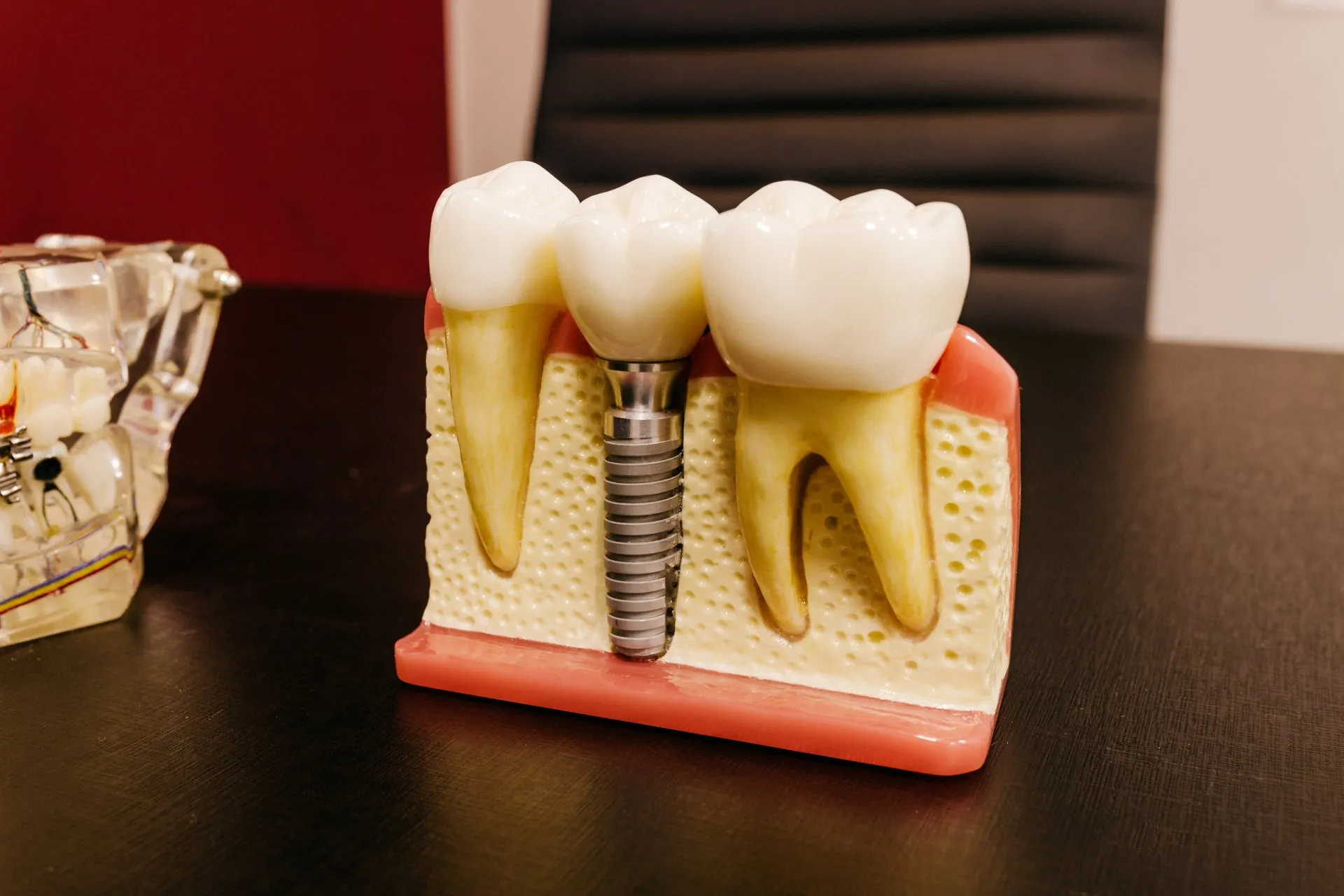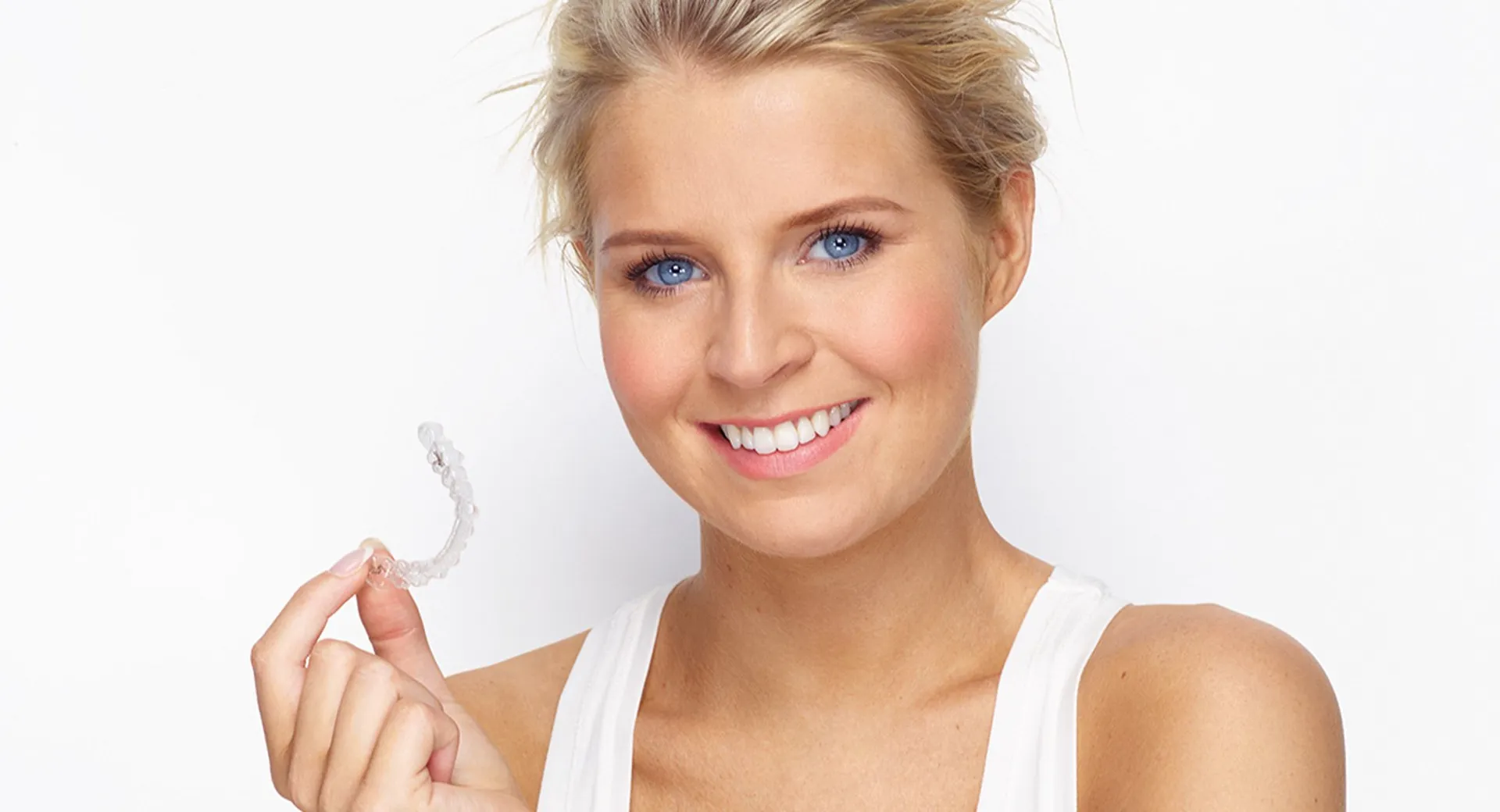Are Invisalign Aligners Better Than Braces
If you are in the market for orthodontic treatments to straighten your teeth, you have most likely gone back and forth between Invisalign and traditional braces. These two options are known to provide excellent results gradually. Each of them come with their individual benefits and their own shortcomings. We understand that the decision between these treatments can be a challenging one. We have highlighted the pros and cons of Invisalign and braces below to help you determine which option might work best for you.
Pros of Invisalign Aligners
Invisalign aligners possess a great accuracy in straightening teeth thanks to the use of its digital technology. Each treatment is made for the specific smile which it will correct. The patient opting for Invisalign can see a virtual representation of the corrected smile before the treatment even begins. The below are additional benefits of this method.
Aesthetics
Invisalign aligners are clear. They are also closely fitted to the smile which they correct. This means that the aligners are nearly transparent from a distance. The ability to discreetly correct a smile is one of the main reasons why so many patients choose Invisalign.
Painless
Invisalign are positioned in a manner that they flush against the teeth. This avoids the cuts and discomfort that traditional braces can cause. There is some discomfort when the teeth are shifting into their new place. However, you can expect the rest of the mouth to be pain-free during the course of the treatment.
No Need to Limit Food Types
Invisalign aligners must be removed during meals. This means that the patient using them can eat any food type. Braces, on the other hand, require the patient to avoid hard foods to minimize the risk of irritation.
Easy to Brush and Floss Teeth
Those who opt for invisalign aligners have the freedom of removing their aligners for brushing and flossing the teeth. This makes the process of keeping a clean smile much easier than with traditional braces.
Cons of Invisalign Aligners
Invisalign aligners are highly sought after because of the points above. Having said that, it is also important to note that there are some drawbacks to this treatment.
Not Suitable for All Corrections
One of the biggest downfalls of invisalign aligners is that they are not able to correct complex smiles. They are a fantastic method for minor straightening but are not always suitable for all cases. Our team would love to address your specific situation to determine if Invisalign is the right treatment for you.
Discipline is Mandatory
Invisalign aligners must be worn for at least 20 hours a day. Ideally, they would be worn for 22 hours each and every day. Anything below this threshold will cause the treatment to be prolonged and potentially ineffective. A patient that chooses the option of invisalign must be committed to execute discipline during the course of the treatment. This is not an appropriate method for any one who cannot commit to this time frame.
Increased Tooth Brushing and Flossing
Anyone that has poor dental hygiene should bypass wearing Invisalign aligners. This treatment has the ability to increase bad breath and cavities. Patients that commit to this option should brush and floss their teeth more frequently than before. Ideally, the teeth would be cleaned after every meal and drink.
Pros of Traditional Braces
Traditional braces offer a lot of benefits. This is why they have remained a strong leader of teeth alignment treatments. Below are some of the reasons why so many patients still choose traditional braces.
Target Complex Corrections
Some smiles need more help than others. Traditional braces have the ability to straighten almost any smile, regardless of the complexity of the corrections required. Braces adhere directly to each individual tooth. This makes them more powerful in complex situations than clear aligners.
Different Options Available
Traditional braces have come a long way. There have been multiple options developed to meet the needs of patients. Metal braces tend to be the most common option due to their affordability. However, there are also behind the teeth (lingual) and ceramic braces available. These provide a more discreet appearance without compromising results.
Hard to Remove
Traditional braces cannot be removed by the user. They can only be removed with the help of an orthodontist. This means that discipline will not be a problem since they are placed on the teeth for good.
Cons of Traditional Braces
There are some shortcomings to traditional braces, just as there are some shortcomings to Invisalign aligners.
Discomfort
Metal braces are not comfortable. They are well-known for causing irritation and cuts. It takes time to get used to having them on.
Food Limitations
Patients that wear traditional braces should stay away from certain foods. These include gums, bagels, hard candies, and popcorn. These types of food can get stuck in the brackets and potentially break the brackets or wires. It can also cause unnecessary pain to the patient.
Stains
Traditional braces are put in place for an average of two years. Many patients have experienced a difference in colors in the area where the braces were positioned within the teeth.
Deciding between Invisalign aligners and traditional braces can be quite overwhelming. We want to encourage you to inform yourself. We also want to remind you that this decision is best made with the guidance of an orthodontist. Our team is here to help you choose the best treatment option. Please give us a call to book an appointment with our team.





